Click to view our Accessibility Statement or contact us with accessibility-related questions






Switch Marketing Terms: What to Know and What to Ignore

search
close
Sort by: Newest
keyboard_arrow_downThereminGoatMK
457
Keyboard Club Member
Nov 30, 2022
2-bit_JoeHey now, I like my Alps as much as the next guy and still need to build a 60% with my SKCM Browns. Let's just be honest and know that my focus has been trying to pin down the chaos that the current state of MX switches over the past few years.
I know I should do Alps content eventually.

HoffmanMyster
3208
Community
Nov 30, 2022
ThereminGoatMKIsn't Matias really the only supplier of new Alps switches? You'd have to focus a lot on vintage Alps, and there's a lot of snake oil with vintage switches of all sorts (sorry vintage switch fans, I love you 😶🌫️).
PRODUCTS YOU MAY LIKE
Trending Posts in Mechanical Keyboards

mrockwell
What is a good replacement circuit board?
I spilled on my DROP CSTM80 keyboard and damaged the circuit board. Where can I get a replacement circuit board? The ones on the Drop Shop site do not look the same as the one in my keyboard. Can you please make a recommendation? Thank you.
Oct 25, 2024
ThereminGoatMK
A Few Obscure Keyboard Switch Modifications
Figure 1: Oh yeah, I meant it when I said obscure... There’s no doubt that mechanical keyboard switches have gotten increasingly better in their stock forms over the past half decade of releases. Despite switches now having tighter manufacturing tolerances, smoother factory lubing, and overall higher quality per dollar spent, aftermarket modifications of switches is still one of the most discussed topics by people freshly joining the hobby today. This hyper fixation on switch modding is due in no small part to the glut of keyboard content creators that produced videos, shorts, and all manner of content during the peak of COVID talking about the art and science behind lubing and filming for switches. For a while there, it almost seemed as if you had to have some content about lubing, filming, and/or ‘frankenswitching’ switches if you wanted to cut it as being a true keyboard content creator in the space. However, as people like this have flooded the internet with...
Oct 22, 2024

eclectician
Is the drop alt v1 compatible with the official qmk configurator?
I use a Drop Alt v1 and much prefer flashing with compiled .bin files to using the desktop configurator app. Drop's online configurator has been refusing to compile keymaps, while the QMK online configurator at https://config.qmk.fm/ has keymaps for Alt v2 but not Alt v1. Are the Alt v2 and Alt v1 compatible enough that a .bin file compiled for v2 will work on my v1? Thanks for your help!
Oct 20, 2024
theboudlessvids
Drop CTRL Windows Key Not Working
I have had this keyboard for 3 years and I recently noticed the windows key does not work (I recently actually wanted to use it). I have looked through the keyboard configuator and flashed my keyboard multiple times and it still does not work. The GUI key is programmed but does not work. I am wondering if there is a shortcut I am missing to get it to turn on? Edit: Nevermind I figured it out. The one switch conviently had a bent pin out of all the keys and was not making contact with PCB.
Oct 19, 2024






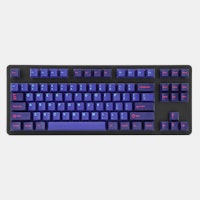
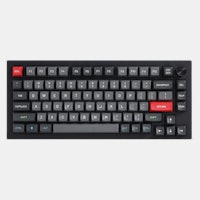
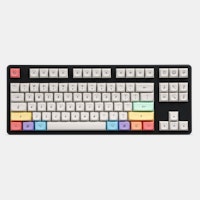
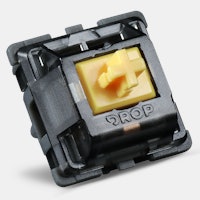

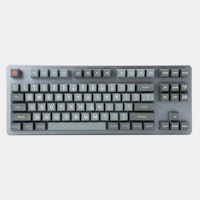
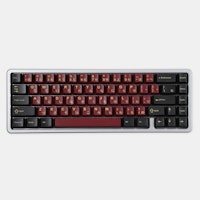
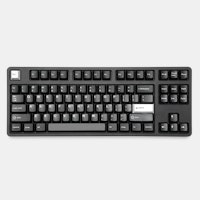
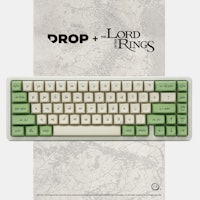






Dang, that sure feels like a lot to go through. For marketing of switches which may only be a few sentences on a screen next to the big, glowing ‘Add to Cart’ button, who could have thought there were so many useful and useless details in those sentences? While finding the right switch from a sales listing, alone, is more of an art than a science, know that it will come with practice and with the more experience you pick up with switches. I’d be lying if I said it was an art that I, myself, have mastered even. Whenever you are in doubt about any marketing phrase when it comes to switches, the first thing to do is to always reach out to people in the community to ask or to look up some more information on your own. Chances are that if you have a question about it, some of the other hundreds of thousands of people with mechanical keyboards will also have had them as well!